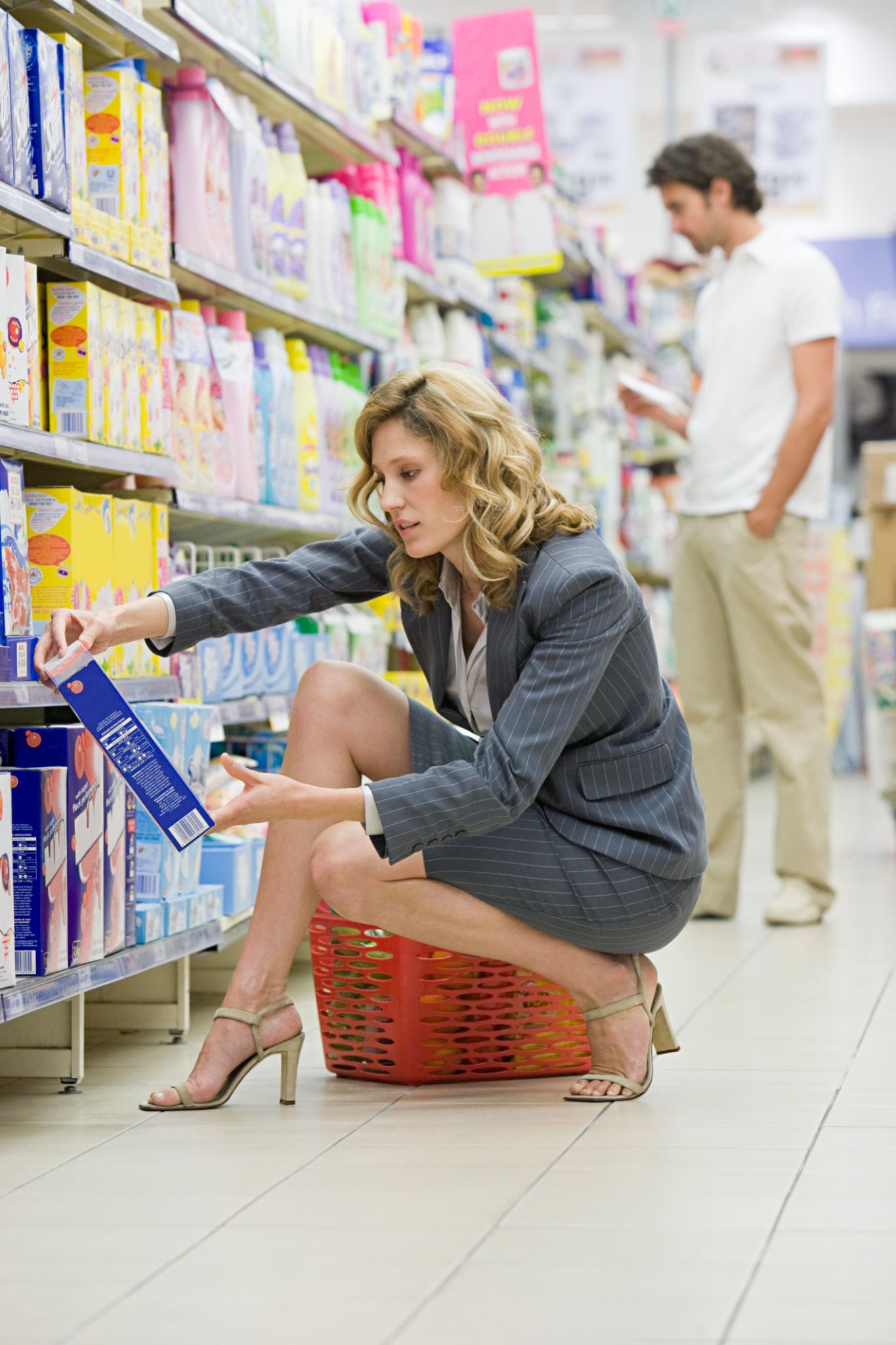The Ultimate Checklist for a Toxin-Free Home Environment
Creating a toxin-free home environment is essential for maintaining your health and well-being. With the increasing prevalence of chemicals in everyday products, it's crucial to be vigilant about what we bring into our homes. This ultimate checklist will guide you through the process of detoxifying your living space, ensuring a healthier environment for you and your loved ones.
Evaluate Your Cleaning Products
Many conventional cleaning products contain harmful chemicals that can linger in the air and on surfaces. Start by checking the labels for ingredients like ammonia, phosphates, and synthetic fragrances. These can contribute to indoor air pollution and may cause respiratory issues.
Opt for natural cleaning solutions whenever possible. Ingredients like vinegar, baking soda, and lemon juice can be effective alternatives for many cleaning tasks. Moreover, look for products labeled as biodegradable or made with plant-based ingredients.

Improve Indoor Air Quality
Indoor air quality can be significantly affected by toxins released from various household materials. To improve air quality, consider introducing air-purifying plants such as spider plants, peace lilies, and snake plants. These plants naturally filter out common pollutants and add a touch of greenery to your space.
Additionally, ensure proper ventilation by regularly opening windows to allow fresh air to circulate. Using an air purifier with a HEPA filter can also help remove airborne particles and allergens.

Choose Non-Toxic Furniture and Decor
Furniture and home decor items can be sources of toxins due to the materials and finishes used. When purchasing new items, look for those made from natural materials such as solid wood, bamboo, or metal. Avoid products with pressed wood or particleboard, as these often contain formaldehyde.
For textiles like curtains and upholstery, choose organic or natural fibers such as cotton, wool, or linen. Consider avoiding synthetic materials that may off-gas volatile organic compounds (VOCs).

Mind Your Personal Care Products
The personal care products you use daily can introduce toxins into your home environment. Check the ingredient lists of items like shampoos, lotions, and cosmetics for harmful substances such as parabens, sulfates, and phthalates.
Switch to products that are free from harsh chemicals and are labeled as organic or natural. Many brands now offer eco-friendly alternatives that are kinder to both your skin and the environment.
Be Cautious with Pesticides
Pesticides used in and around the home can pose significant health risks. Instead of chemical-based pest control methods, explore natural alternatives such as diatomaceous earth or essential oils like peppermint and tea tree oil to deter pests.
Regularly inspect your home for entry points where pests might invade and seal these areas to prevent infestations naturally.

Create a Toxin-Free Kitchen
Your kitchen is another area where toxins can accumulate. Choose cookware made from safe materials like stainless steel, cast iron, or glass instead of non-stick coatings that may release harmful chemicals when heated.
Store food in glass or stainless steel containers rather than plastic ones to avoid leaching chemicals into your meals. Additionally, prioritize buying organic groceries to reduce your exposure to pesticides and other agricultural chemicals.
By following this comprehensive checklist, you can significantly reduce the presence of toxins in your home. Creating a safer living environment not only benefits your health but also contributes positively to the planet's well-being.
